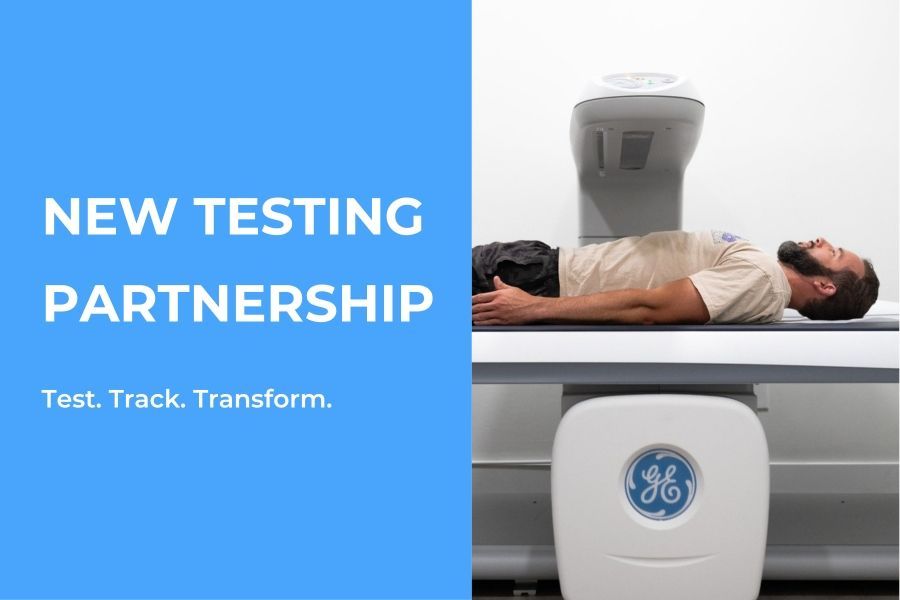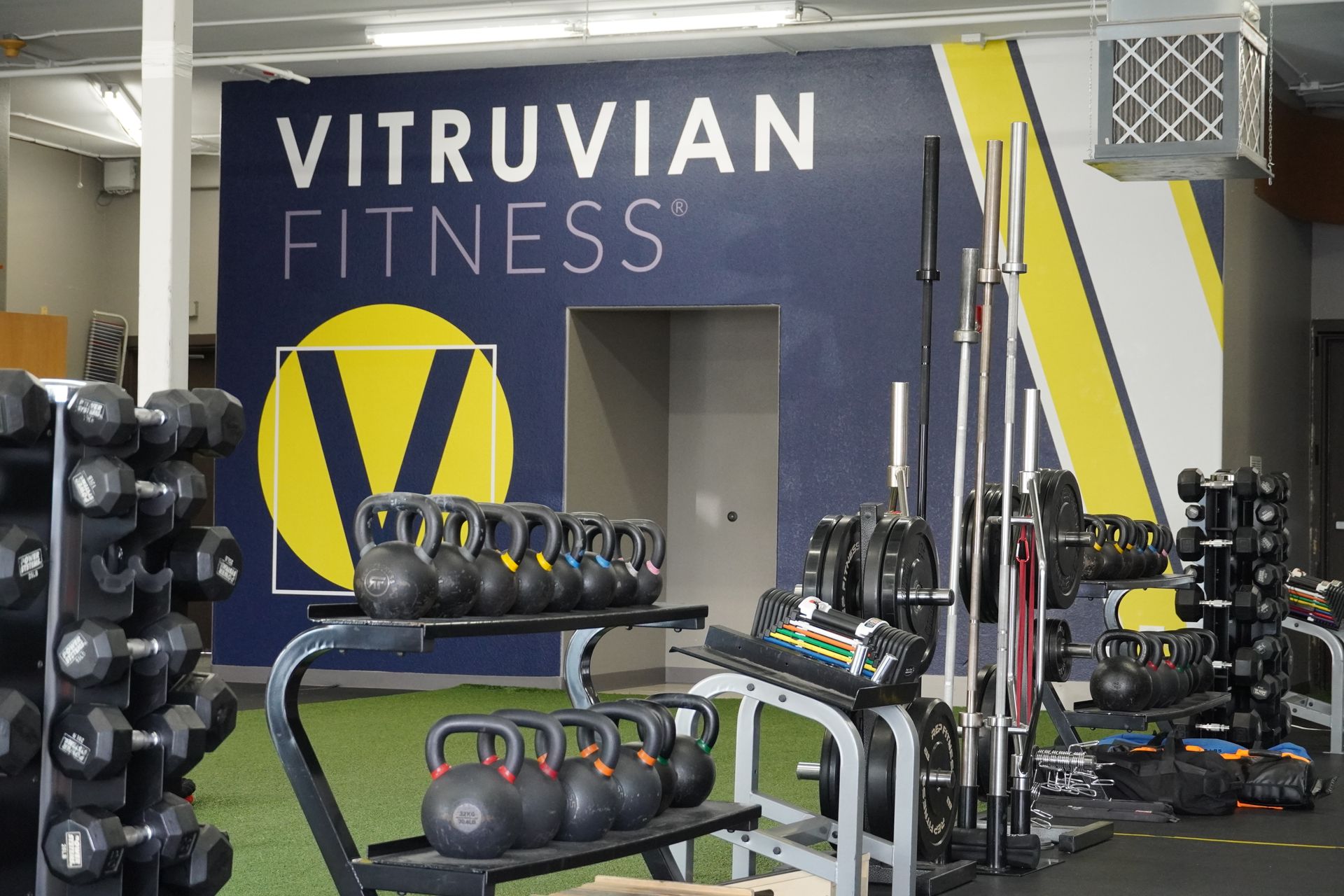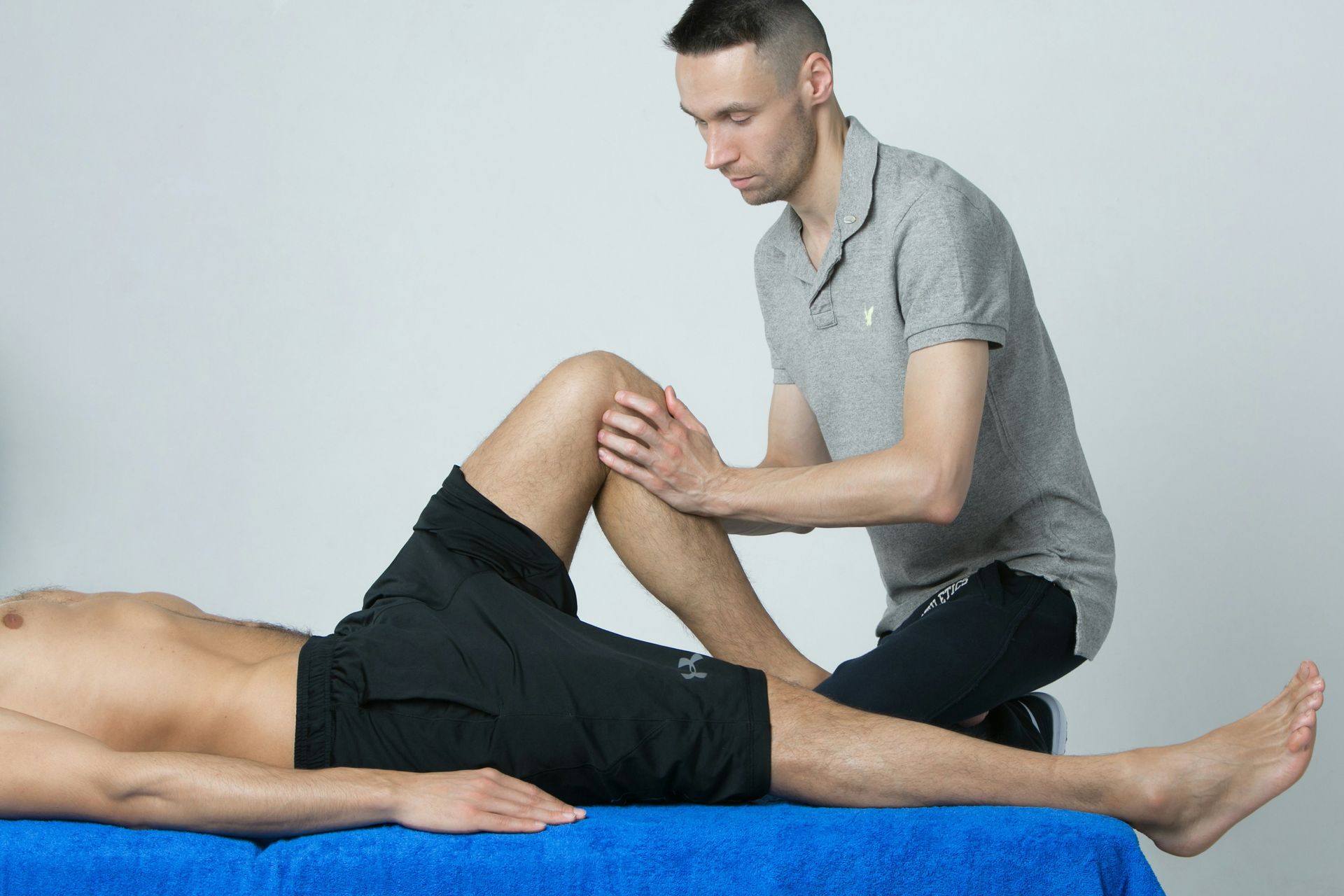Link In Bio
vmfit • August 15, 2021
Get Started – 30-Day Trial Membership
9 personal training sessions in 30 days – $189
Bike to Work [Out] Day - June 28, 2023
Help Wanted - Personal Training Intern
Our Youtube Channel
100s of exercise videos and fitness tips
You might also enjoy these posts . . .

Every time you pick up a dumbbell or load a barbell, you’re faced with making a decision: How heavy should I go? Too light, and you’re just passing the time and your body never gets the signal to adapt. Too heavy, and you risk poor form or injury. Somewhere in the middle is the “sweet spot” where strength, muscle, bone, and metabolic improvements are stimulated. The question is: how do you find that sweet spot without risking over-doing it or under-doing it. Choosing the right weight can be a tricky process that involves your experience, training history, daily energy levels, focus, goals, hopes, and dreams. That’s where Reps in Reserve (RIR) comes in. If you finish a set of squats and you know, deep down, you could have squeezed out three more reps before you collapsed, that’s 3 RIR.

How Vitruvian’s new partnership with DexaFit Denver helps you fight bone loss, build muscle, and personalize your fitness – starting with real data. Vitruvian Fitness has partnered with DexaFit Denver to bring you three powerful tools for assessing and improving your health: the DEXA Scan , VO₂ Max Test , and Resting Metabolic Rate (RMR) Test . These aren’t gimmicks – they’re scientifically backed ways to track meaningful progress in your training. If you're in your 40s, 50s, or 60s, you're at a turning point where training isn’t just about looking better – it’s about aging better . As the saying goes, “What gets measured gets managed.” And just because that’s a relic from my corporate past doesn’t make it any less true. Like your annual bloodwork, these tests give you a snapshot of important health markers that offer direction, motivation, and a baseline to measure progress against. Here’s what each test measures: DEXA Scan – bone density, lean body mass, and visceral fat VO₂ Max Test – cardiovascular fitness and aerobic efficiency Resting Metabolic Rate (RMR) – how many calories you burn at rest (your metabolic baseline)






